Why is the warm gas-giant exoplanet WASP-107 b so, so puffy? With a moderate temperature and an ultra-low density on par with a microwaved marshmallow, it seems to defy standard theories of planet formation and evolution. Two independent teams of researchers think they’ve figured it out.
Tag: Atmosphere
First Calibration Training at CAMS
Scientists from the Center for Aerosol Measurement Science (CAMS) at the U.S. Department of Energy’s (DOE) Brookhaven National Laboratory hosted the center’s first calibration activities on Nov. 30 and Dec. 1.
NASA’s Webb Discovers New Feature in Jupiter’s Atmosphere
Jupiter has some of the most conspicuous atmospheric features in our solar system. The planet’s Great Red Spot, large enough to envelop Earth, is nearly as well known as some of the various rivers and mountains on the planet we call home.
However, much like Earth, Jupiter is ever-changing, and there’s much about the planet we have yet to learn. NASA’s James Webb Space Telescope is unlocking some of those mysteries, revealing new features of Jupiter we’ve never seen before, including a high-speed jet speeding over the planet’s equator. While the jet stream is not as visually apparent or stunning as some of Jupiter’s other features, it’s giving researchers incredible insight into how the layers of the planet’s atmosphere interact with each other, and how Webb will aid in these investigations in the future.
Synthesizing 200 Years of Research on the Urban Impact on Regional Climate and Extreme Weather
Urbanization has noticeable effects on processes at and near the Earth’s surface, affecting weather and climate. An international team of scientists reviewed more than 500 sources from the scientific literature produced over nearly 200 years on effects of urbanization on extreme weather and regional climate to better synthesize this knowledge and direct future research.

Solar-Powered Balloons Detect Mysterious Sounds in the Stratosphere #ASA184
To reach the stratosphere, Daniel Bowman of Sandia National Laboratories and his collaborators build relatively simple, solar-powered balloons that span 6 to 7 meters across. After releasing the balloons, they track their routes using GPS and use them to collect data and detect low-frequency sound with microbarometers. Rarely disturbed by planes or turbulence, the microphones on the balloons pick up a variety of sounds unheard anywhere else. Bowman will present his findings using these hot air balloons to eavesdrop on stratospheric sounds at the upcoming 184th ASA Meeting.
Scientists discover a way Earth’s atmosphere cleans itself
Irvine, Calif., April 7, 2023 — Human activities emit many kinds of pollutants into the air, and without a molecule called hydroxide (OH), many of these pollutants would keep aggregating in the atmosphere. How OH itself forms in the atmosphere was viewed as a complete story, but in new research published in Proceedings of the National Academy of Sciences, a research team that includes Sergey Nizkorodov, a University of California, Irvine professor of chemistry, report that a strong electric field that exists at the surface between airborne water droplets and the surrounding air can create OH by a previously unknown mechanism.
How UCI saved the ozone layer
On Jan. 9, a United Nations-backed panel of experts announced that Earth’s protective ozone layer is on track to recover within four decades, closing an ozone hole over the Antarctic that was first noticed in the 1980s. But it was research conducted at the University of California, Irvine in the 1970s that made this good new possible.
Experimentalists: Sorry, no oxygen required to make these minerals on Mars
Scientists at Washington University in St. Louis discovered that under Mars-like conditions, manganese oxides can be readily formed without atmospheric oxygen. The study from the laboratory of Jeffrey Catalano in Arts & Sciences was published Dec. 22 in Nature Geoscience.
Clouds less climate-sensitive than assumed
In a major field campaign in 2020, Dr. Raphaela Vogel who is now at Universität Hamburg’s Center for Earth System Research and Sustainability (CEN) and an international team from the Laboratoire de Météorologie Dynamique in Paris and the Max Planck Institute for Meteorology in Hamburg analyzed observational data they and others collected in fields of cumulus clouds near the Atlantic island of Barbados.

UCI study finds 53 percent jump in e-waste greenhouse gas emissions between 2014, 2020
Greenhouse gas emissions into the atmosphere from electronic devices and their associated electronic waste increased by 53 percent between 2014 and 2020, including 580 metric tons of carbon dioxide in 2020 alone, according to University of California, Irvine researchers.
Insects affect electric fields in the atmosphere, researchers find
The electric charge of insects can cause changes in the electricity of the atmosphere which are comparable with weather processes, researchers at the University of Bristol and University of Reading have found.
Climate change is turning the trees into gluttons
Trees have long been known to buffer humans from the worst effects of climate change by pulling carbon dioxide from the atmosphere. Now new research shows just how much forests have been bulking up on that excess carbon.
Sleeping giant could end deep ocean life
A previously overlooked factor — the position of continents — helps fill Earth’s oceans with life-supporting oxygen. Continental movement could ultimately have the opposite effect, killing most deep ocean creatures.
How nuclear war would affect earth today
Russia’s invasion of Ukraine has brought the threat of nuclear warfare to the forefront. But how would modern nuclear detonations impact the world today? A new study published today provides stark information on the global impact of nuclear war.
New type of extremely reactive substance in the atmosphere
For the first time, an entirely new class of super-reactive chemical compounds has been discovered under atmospheric conditions.

California’s carbon mitigation efforts may be thwarted by climate change itself
Irvine, Calif., July 22, 2021 – To meet an ambitious goal of carbon neutrality by 2045, California’s policymakers are relying in part on forests and shrublands to remove CO2 from the atmosphere, but researchers at the University of California, Irvine warn that future climate change may limit the ecosystem’s ability to perform this service.
Astronomers Probe Layer-Cake Structure of Brown Dwarf’s Atmosphere
Researchers used the giant W. M. Keck Observatory in Hawaii to observe a nearby brown dwarf in infrared light. They found that the dwarf’s atmosphere has a layer-cake structure with clouds of different composition at different altitudes.
Catastrophic Sea-Level Rise from Antarctic Melting is Possible with Severe Global Warming
The Antarctic ice sheet is much less likely to become unstable and cause dramatic sea-level rise in upcoming centuries if the world follows policies that keep global warming below a key 2015 Paris climate agreement target, according to a Rutgers coauthored study. But if global warming exceeds the target – 2 degrees Celsius (3.6 degrees Fahrenheit) – the risk of ice shelves around the ice sheet’s perimeter melting would increase significantly, and their collapse would trigger rapid Antarctic melting. That would result in at least 0.07 inches of global average sea-level rise a year in 2060 and beyond, according to the study in the journal Nature.
Rutgers Expert Available to Discuss Viral ‘Pandemics’ in Oceans
New Brunswick, N.J. (April 6, 2021) – Rutgers University–New Brunswick microbial oceanographer Kay D. Bidle is available for interviews on the persistent and profound impact of viral infections on algae in the oceans. These infections influence the Earth’s carbon cycle, which helps…
When using pyrite to understand Earth’s ocean and atmosphere: Think local, not global
Scientists have long used information from sediments at the bottom of the ocean to reconstruct the conditions in oceans of the past. But a study in Science Advances raises concerns about the common use of pyrite sulfur isotopes to reconstruct Earth’s evolving oxidation state. These signals aren’t the global fingerprint of oxygen in the atmosphere, according to new research from Washington University in St. Louis.
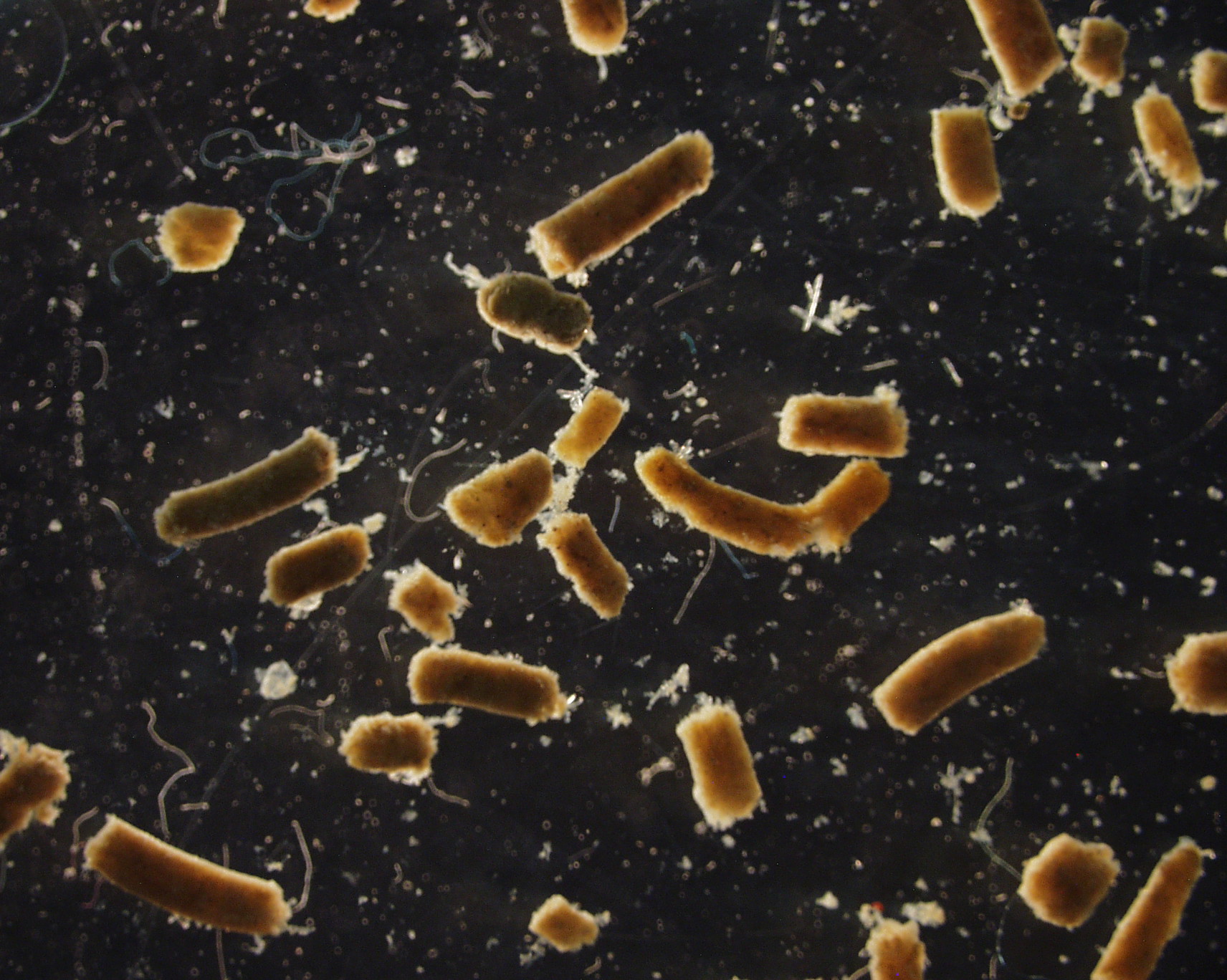
Fishes Contribute Roughly 1.65 Billion Tons of Carbon in Feces and Other Matter Annually
Scientists have little understanding of the role fishes play in the global carbon cycle linked to climate change, but a Rutgers-led study found that carbon in feces, respiration and other excretions from fishes – roughly 1.65 billion tons annually – make up about 16 percent of the total carbon that sinks below the ocean’s upper layers.
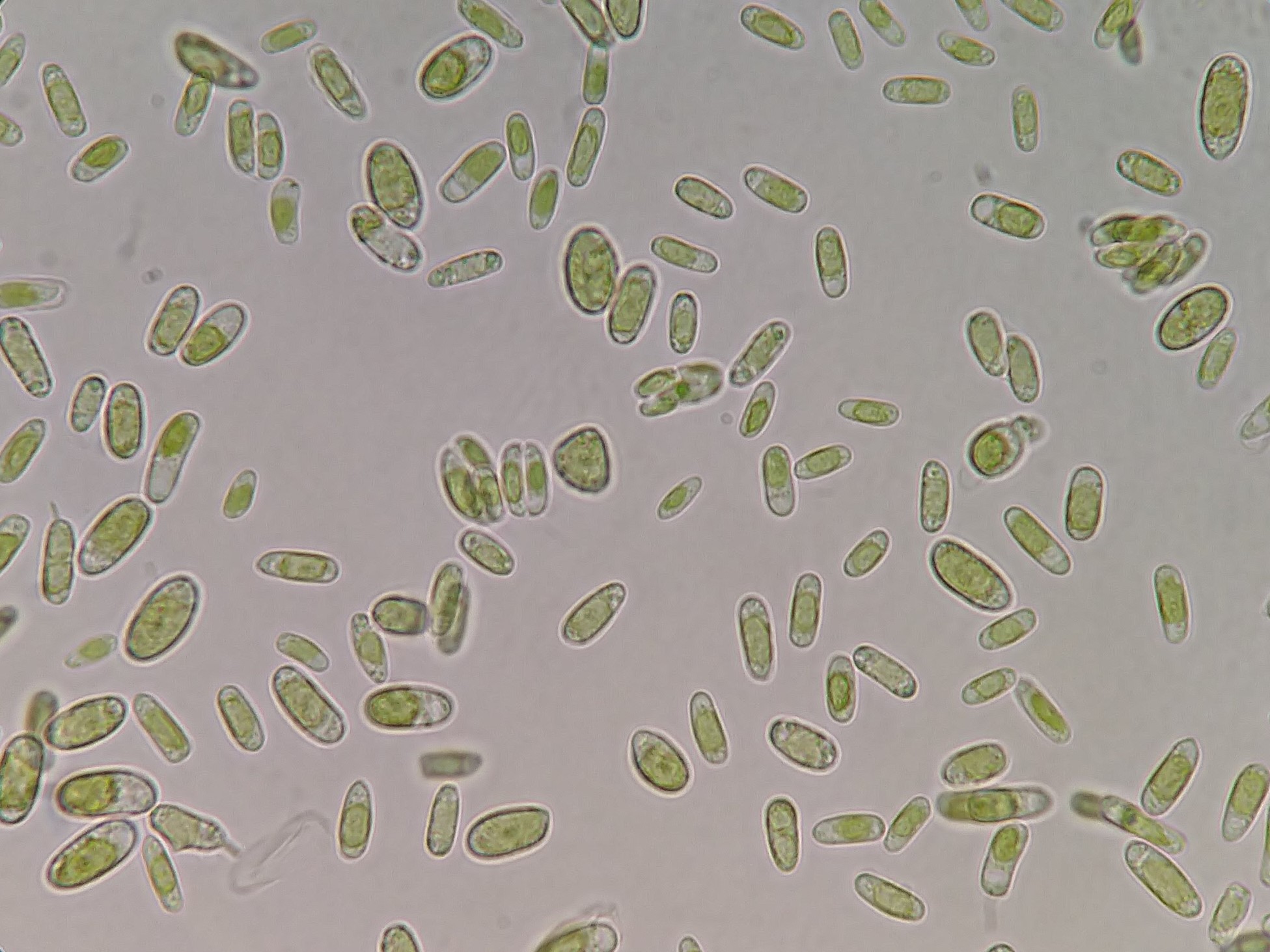
Bacteria and Algae Get Rides in Clouds
Human health and ecosystems could be affected by microbes including cyanobacteria and algae that hitch rides in clouds and enter soil, lakes, oceans and other environments when it rains, according to a Rutgers co-authored study.

Purported phosphine on Venus more likely to be ordinary sulfur dioxide, new study shows
A University of Washington-led team has revisited and comprehensively reinterpreted radio telescope observations underlying a 2019 claim of phosphine in the atmosphere of Venus. They report that sulfur dioxide, a common gas in the atmosphere of Venus, is likely what was detected instead of phosphine.

Up-trending farming and landscape disruptions threaten Paris climate agreement goals
Irvine, Calif., Jan. 27, 2021 — One of President Joe Biden’s first post-inauguration acts was to realign the United States with the Paris climate accord, but a new study led by researchers at the University of California, Irvine demonstrates that rising emissions from human land-use will jeopardize the agreement’s goals without substantial changes in agricultural practices.
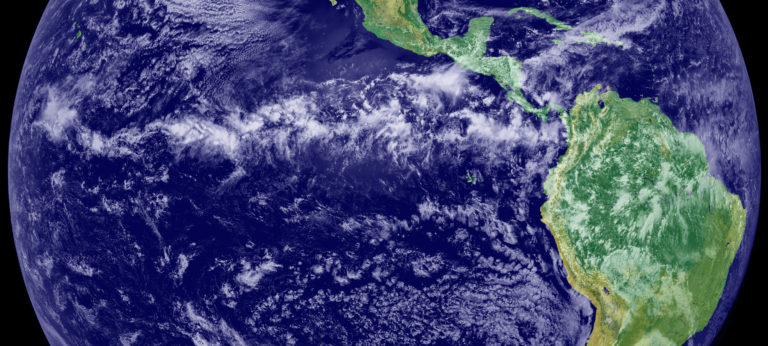
UCI researchers: Climate change will alter the position of the Earth’s tropical rain belt
Irvine, Calif., Jan. 18, 2021 — Future climate change will cause a regionally uneven shifting of the tropical rain belt – a narrow band of heavy precipitation near the equator – according to researchers at the University of California, Irvine and other institutions. This development may threaten food security for billions of people.

Are we alone in the universe? UAH’s Dr. Gary Zank doesn’t think so
Are we alone in the universe? Research by Dr. Gary Zank at The University of Alabama in Huntsville (UAH), a part of the University of Alabama System, and collaborators from UAH and other institutions has helped to inform the search for planets that could harbor life.
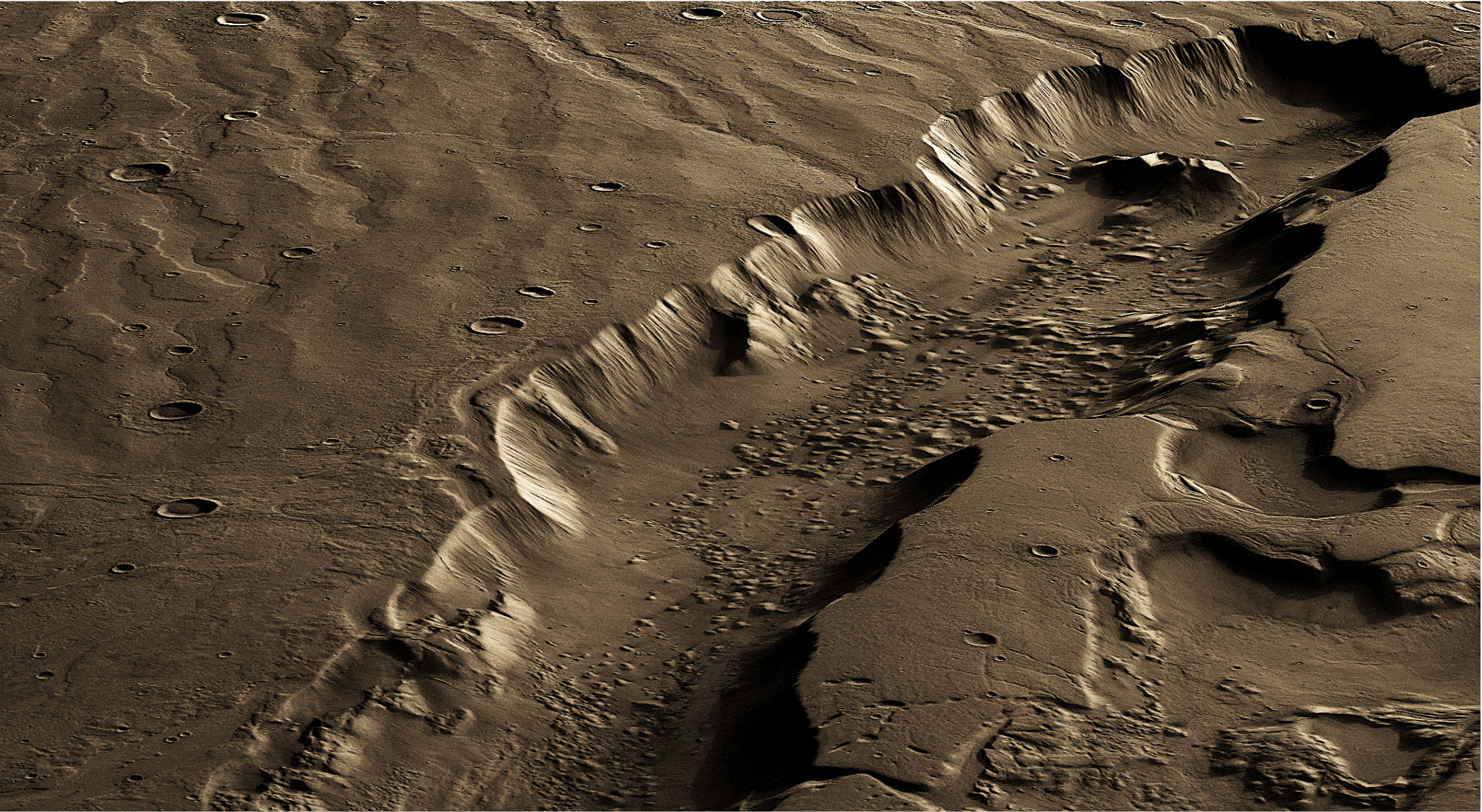
Best Region For Life on Mars Was Far Below Surface
The most habitable region for life on Mars would have been up to several miles below its surface, likely due to subsurface melting of thick ice sheets fueled by geothermal heat, a Rutgers-led study concludes. The study, published in the journal Science Advances, may help resolve what’s known as the faint young sun paradox – a lingering key question in Mars science.
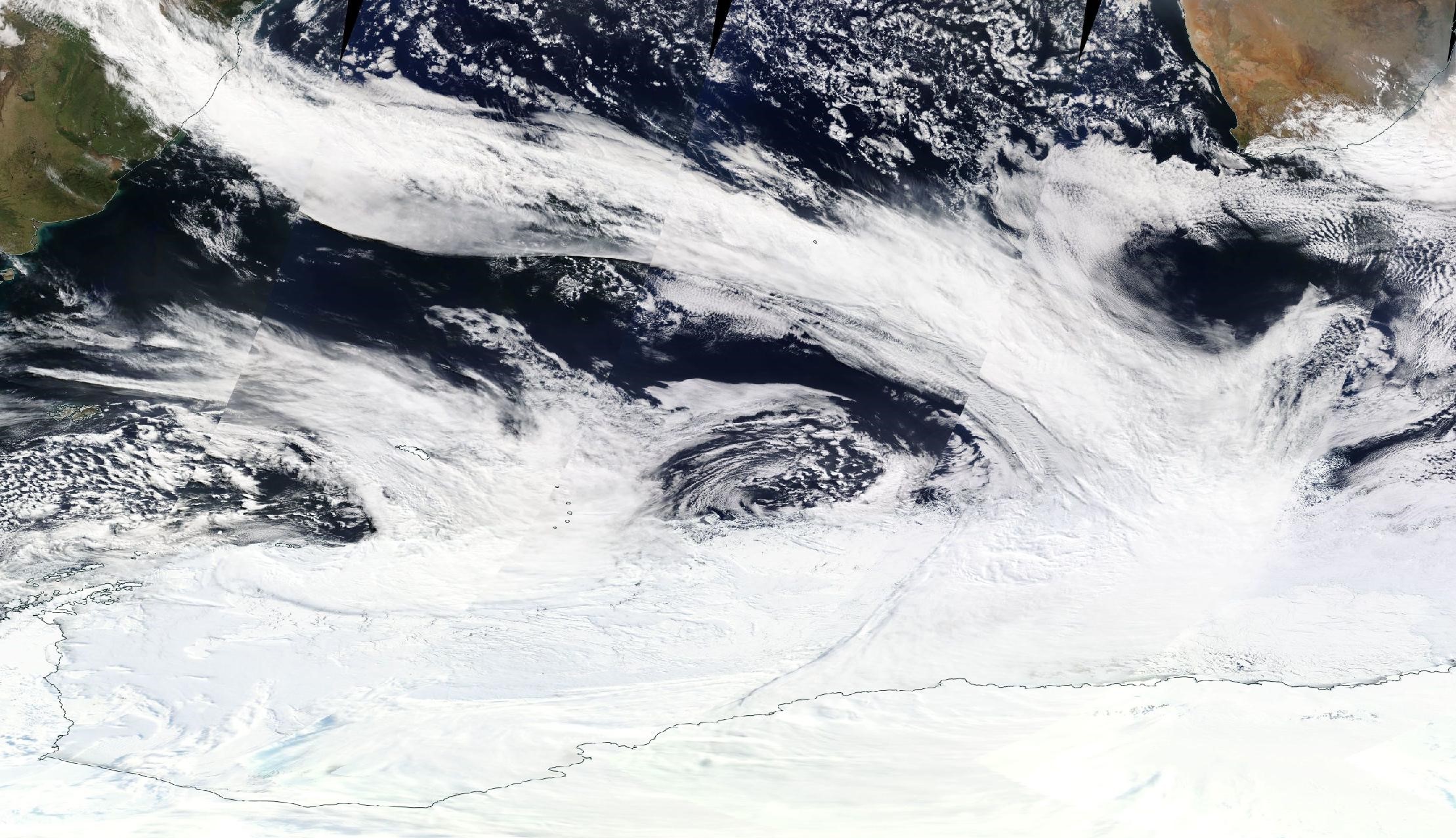
Atmospheric Rivers Help Create Massive Holes in Antarctic Sea Ice
Warm, moist rivers of air in Antarctica play a key role in creating massive holes in sea ice in the Weddell Sea and may influence ocean conditions around the vast continent as well as climate change, according to Rutgers co-authored research. Scientists studied the role of long, intense plumes of warm, moist air – known as atmospheric rivers – in creating enormous openings in sea ice. They focused on the Weddell Sea region of the Southern Ocean near Antarctica, where these sea ice holes (called polynyas) infrequently develop during the winter.

UCI, others see agriculture as major source of increase in atmospheric nitrous oxide
Irvine, Calif., Oct. 8, 2020 – An international team of researchers – including Earth system scientists at the University of California, Irvine – recently completed the most thorough review yet of nitrous oxide from emission to destruction in the planet’s atmosphere. In addition to confirming that the 20 percent increase in the amount of the greenhouse gas since the start of the Industrial Revolution can be totally attributed to humans, the team expressed doubt about the ability to reduce emissions or mitigate their future impacts.
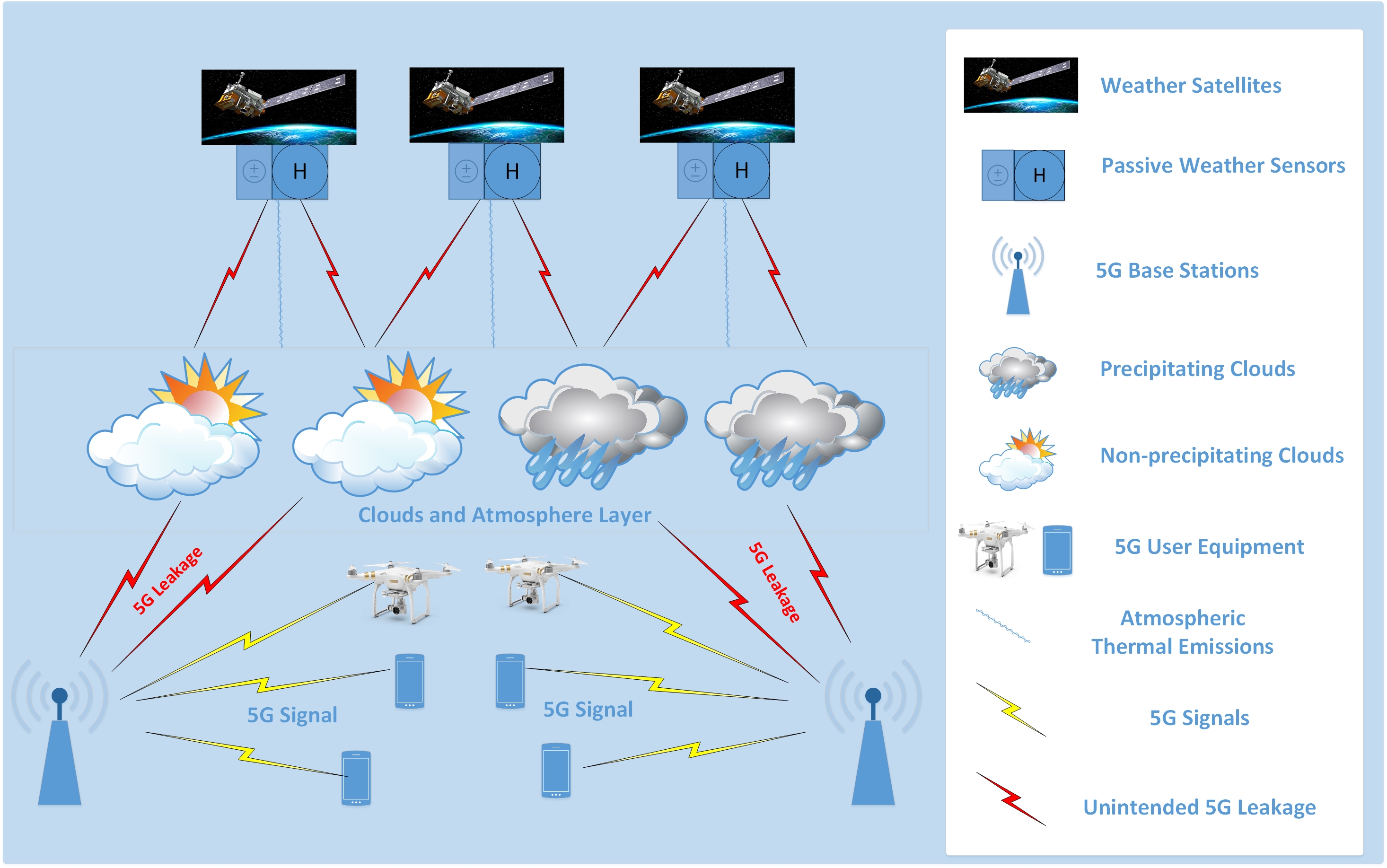
5G Wireless May Lead to Inaccurate Weather Forecasts
Upcoming 5G wireless networks that will provide faster cell phone service may lead to inaccurate weather forecasts, according to a Rutgers study on a controversial issue that has created anxiety among meteorologists.
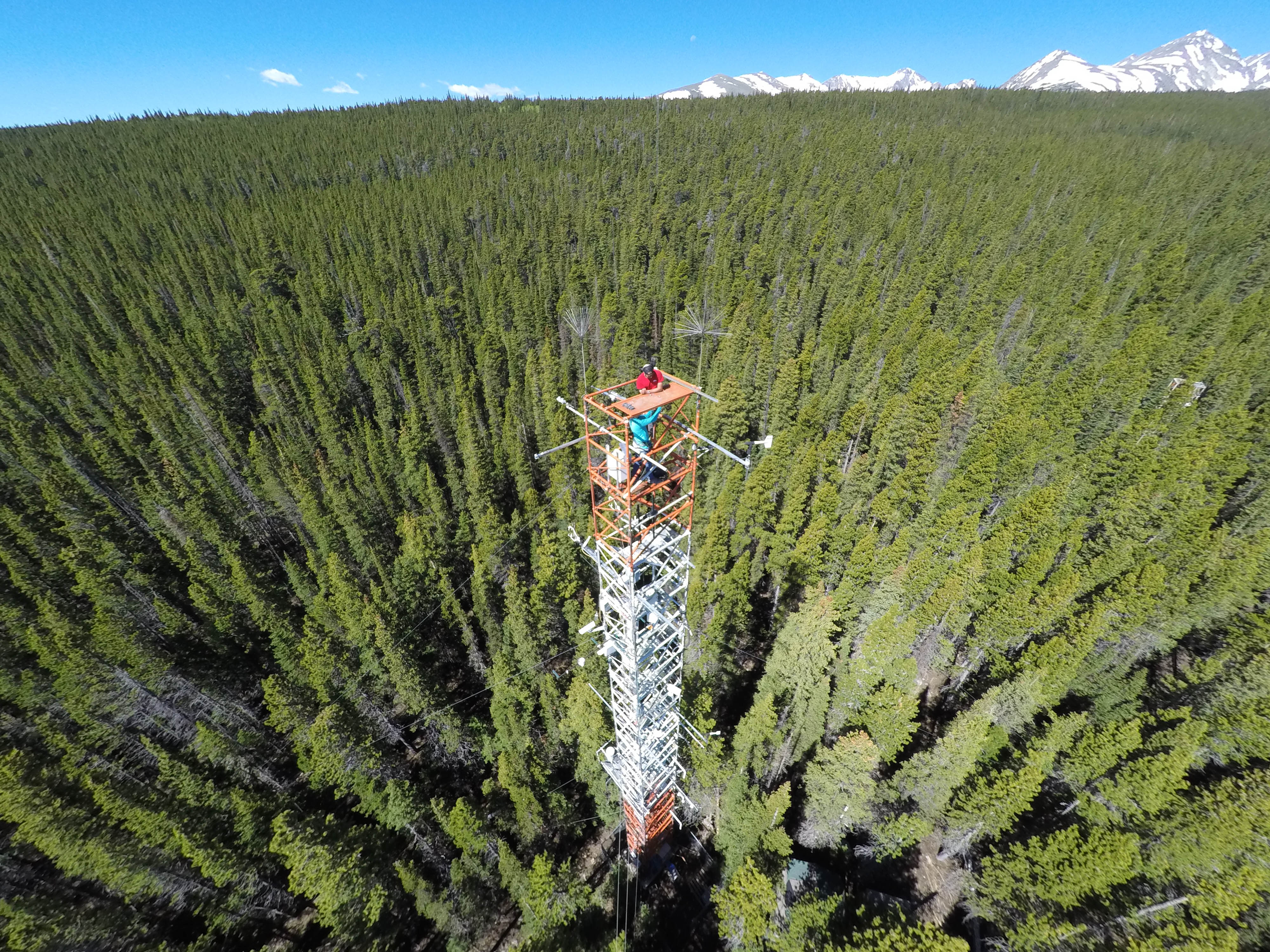
How to Get a Handle on Carbon Dioxide Uptake by Plants
How much carbon dioxide, a pivotal greenhouse gas behind global warming, is absorbed by plants on land? It’s a deceptively complicated question, so a Rutgers-led group of scientists recommends combining two cutting-edge tools to help answer the crucial climate change-related question.
James Randerson, UCI professor of Earth system science, available to comment on western U.S. wildfires
Prof. Jim Randerson is a leading U.S. expert on human impacts on biogeochemical cycles, with particular empasis on climate and wildfires. A good summary of his research activities can be found here: https://sites.uci.edu/randersonlab/media/. Jim’s lab website: https://sites.uci.edu/randersonlab/. If you would…
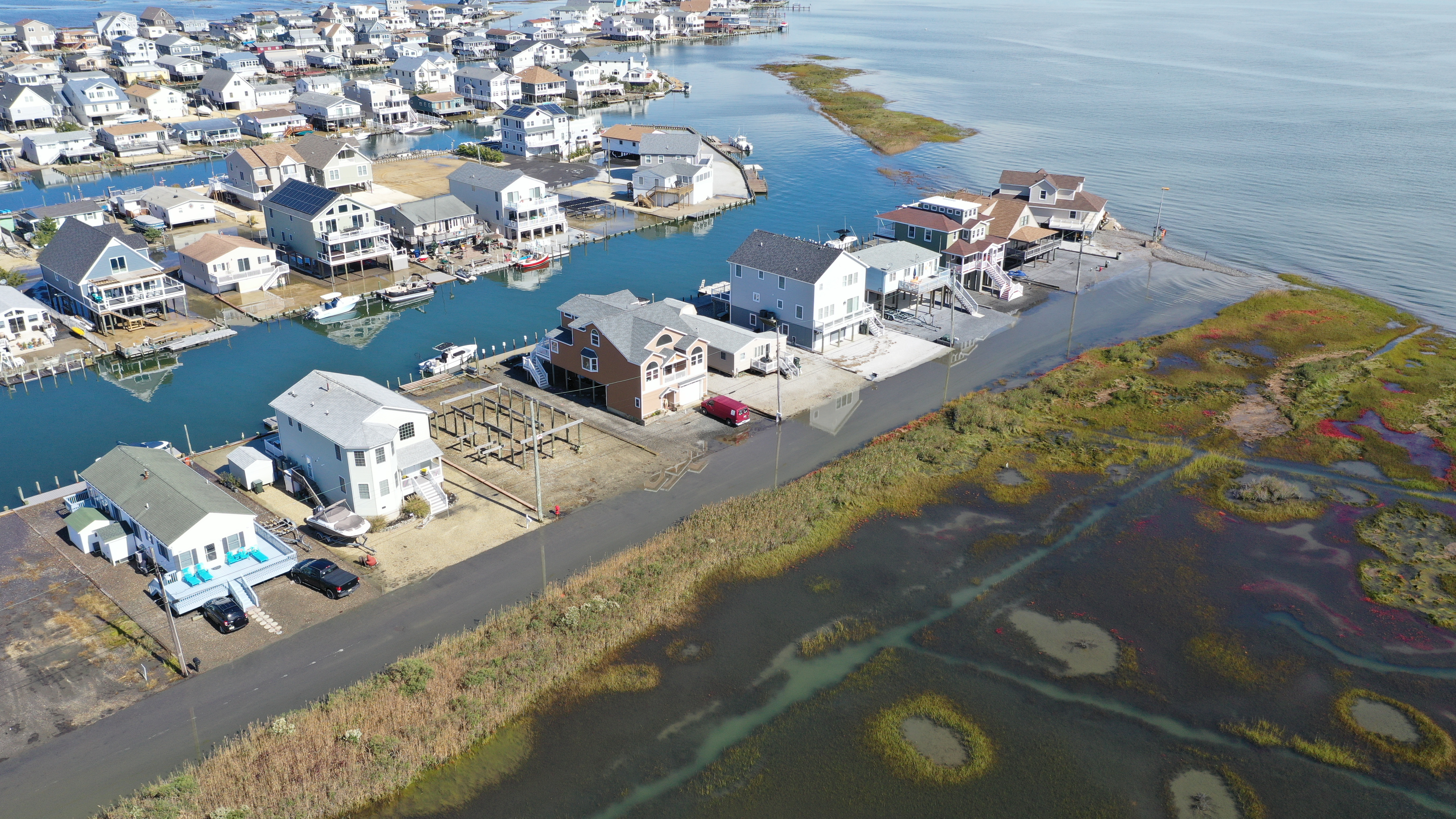
Land Development in New Jersey Continues to Slow
Land development in New Jersey has slowed dramatically since the 2008 Great Recession, but it’s unclear how the COVID-19 pandemic and efforts to fight societal and housing inequality will affect future trends, according to a Rutgers co-authored report. Between 2012 and 2015, 10,392 acres in the Garden State became urban land. That’s 3,464 acres a year – far lower than the 16,852 acres per year in the late 1990s and continuing the trend of decreasing urban development that began in the 2008 Great Recession.
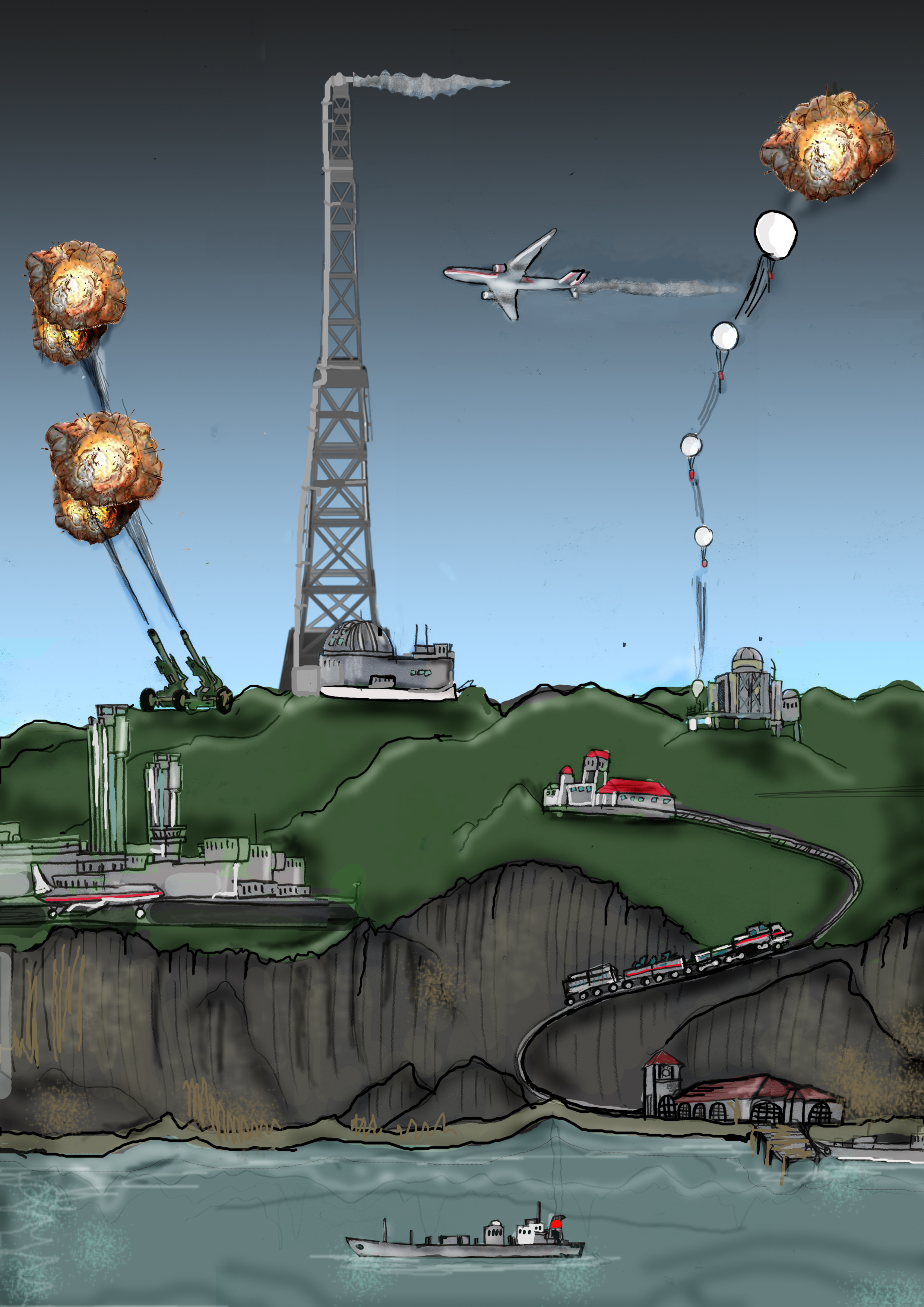
Geoengineering is Just a Partial Solution to Fight Climate Change
Could we create massive sulfuric acid clouds that limit global warming and help meet the 2015 Paris international climate goals, while reducing unintended impacts? Yes, in theory, according to a Rutgers co-authored study in the journal Earth System Dynamics. Spraying sulfur dioxide into the upper atmosphere at different locations, to form sulfuric acid clouds that block some solar radiation, could be adjusted every year to keep global warming at levels set in the Paris goals. Such technology is known as geoengineering or climate intervention.
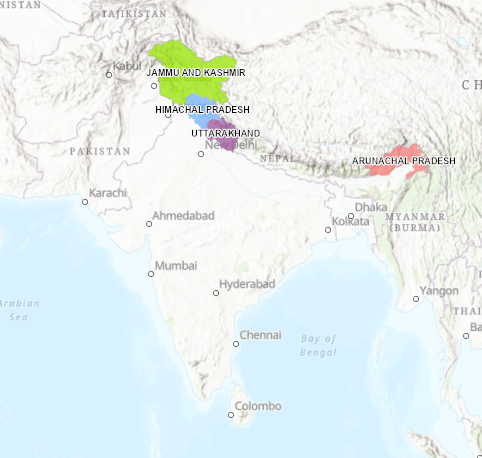
Geoengineering’s Benefits Limited for Apple Crops in India
Geoengineering – spraying sulfur dioxide into the atmosphere to combat global warming – would only temporarily and partially benefit apple production in northern India, according to a Rutgers co-authored study. But abruptly ending geoengineering might lead to total crop failure faster than if geoengineering were not done, according to the study – believed to be the first of its kind – in the journal Climatic Change.
Texas A&M Expert Available To Discuss Saharan Dust
An expert in the Department of Atmospheric Sciences in the Texas A&M University College of Geosciences is available to discuss with media the massive plume of Saharan dust that is forecasted to arrive above Texas late this week. Timothy Logan,…
Rutgers Climatologist Can Discuss Role of Snow in Climate System
New Brunswick, N.J. (June 15, 2020) – Rutgers University–New Brunswick Professor David A. Robinson is available for interviews on the role of snow in the climate system, snow variability and the extent of snow cover during the satellite era. “The extent of snow on…

Mangrove Trees Won’t Survive Sea-Level Rise by 2050 if Emissions Aren’t Cut
Mangrove trees – valuable coastal ecosystems found in Florida and other warm climates – won’t survive sea-level rise by 2050 if greenhouse gas emissions aren’t reduced, according to a Rutgers co-authored study in the journal Science. Mangrove forests store large amounts of carbon, help protect coastlines and provide habitat for fish and other species. Using sediment data from the last 10,000 years, an international team led by Macquarie University in Australia estimated the chances of mangrove survival based on rates of sea-level rise.
Modeling Gas Diffusion in Aggregated Soils
Researchers develop soil-gas diffusivity model based on two agricultural soils
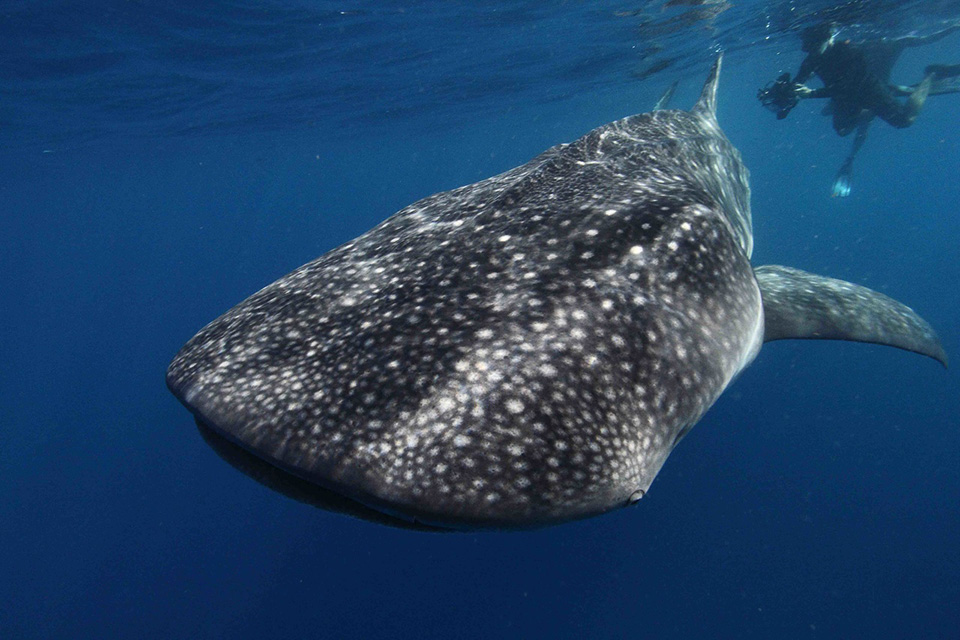
How Old are Whale Sharks? Nuclear Bomb Legacy Reveals Their Age
Nuclear bomb tests during the Cold War in the 1950s and 1960s have helped scientists accurately estimate the age of whale sharks, the biggest fish in the seas, according to a Rutgers-led study. It’s the first time the age of this majestic species has been verified. One whale shark was an estimated 50 years old when it died, making it the oldest known of its kind. Another shark was an estimated 35 years old.

Preparing Plants for our Future Climate
Study investigates plant behavior when exposed to higher carbon dioxide levels.
Rutgers Expert Available to Discuss Australian Climate and Wildfires
New Brunswick, N.J. (Jan. 7, 2020) – Rutgers University–New Brunswick climatologist David A. Robinson is available for interviews on weather and climate conditions that have contributed to catastrophic wildfires in Australia. “The remarkable wildfire outbreak in Australia is a result of persistent drought…
Rutgers Experts Can Discuss Large Number of Tornadoes in N.J.
New Brunswick, N.J. (Nov. 5, 2019) – Rutgers University–New Brunswick experts are available to discuss the unusually large number of tornadoes confirmed in New Jersey so far this year. Since 1950, the Garden State has averaged about two tornadoes a…
Plant physiology will be major contributor to future river flooding, UCI study finds
Irvine, Calif., Oct. 21, 2019 – The next time a river overflows its banks, don’t just blame the rain clouds. Earth system scientists from the University of California, Irvine have identified another culprit: leafy plants. In a study published today in Nature Climate Change, the UCI researchers describe the emerging role of ecophysiology in riparian flooding.
Scientists Discover Key Factors in How Some Algae Absorb Solar Energy
Scientists have discovered how diatoms – a type of algae that produces 20 percent of the Earth’s oxygen – absorb solar energy for photosynthesis. The Rutgers University-led discovery, published in the journal Proceedings of the National Academy of Sciences, could help lead to more efficient and affordable algae-based biofuels and combat climate change from fossil fuel burning.